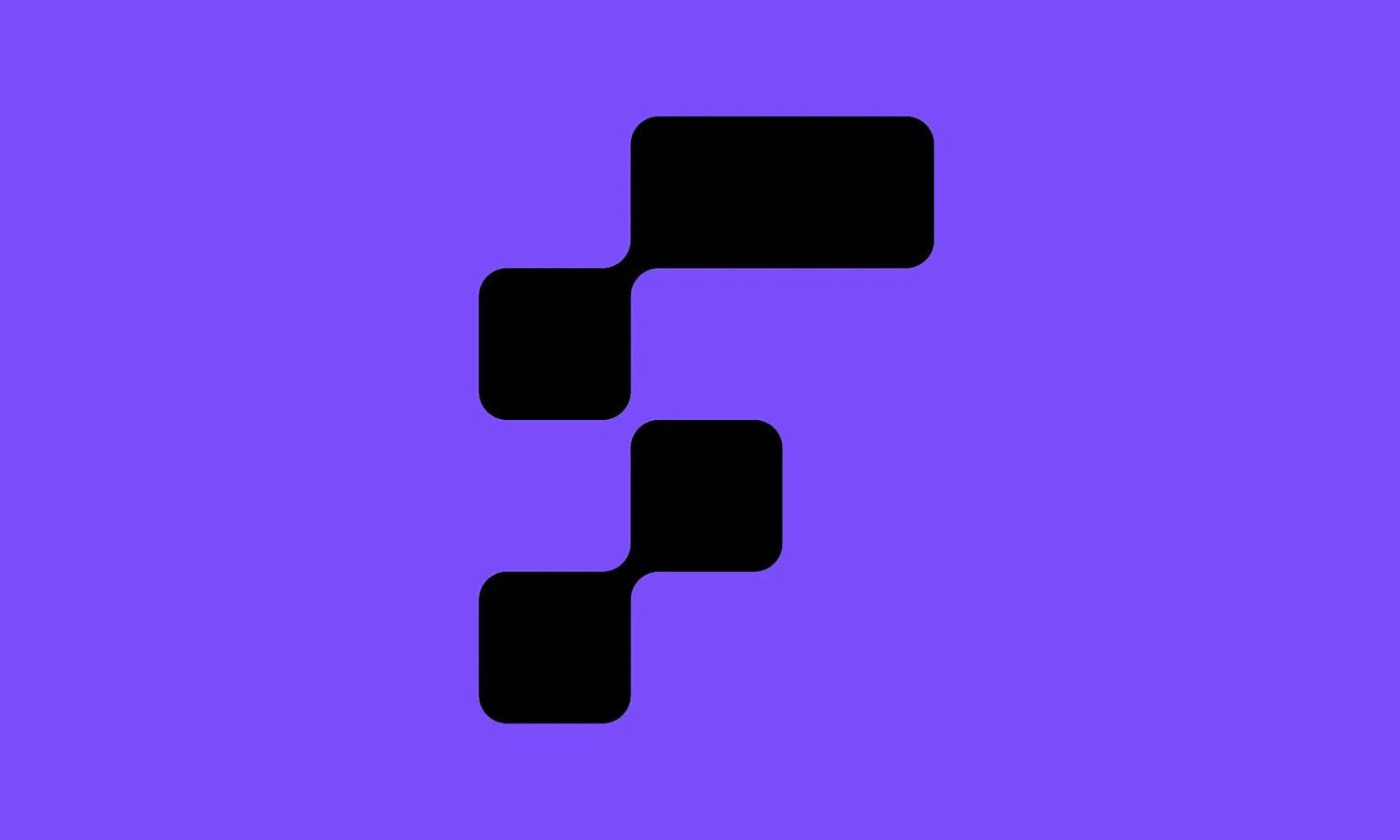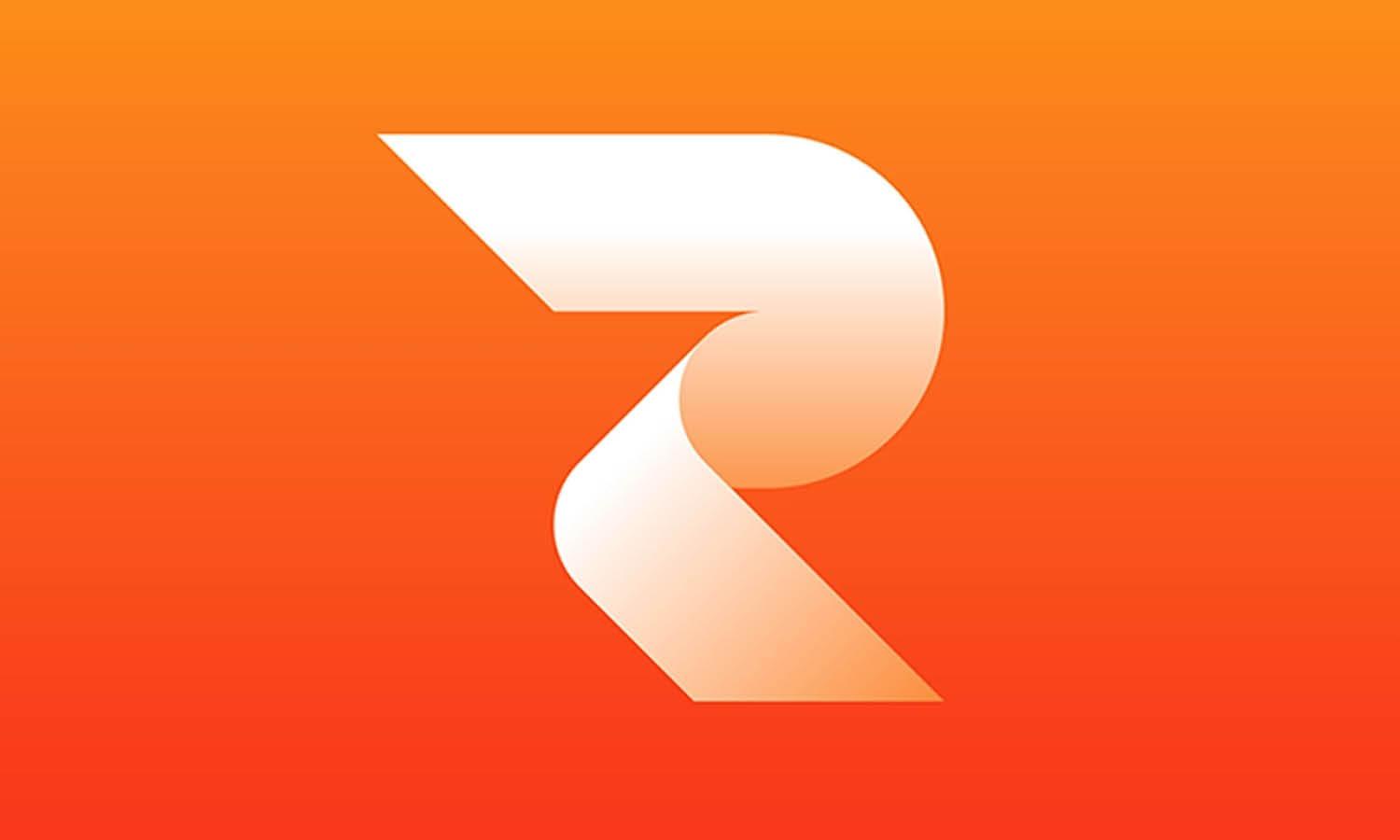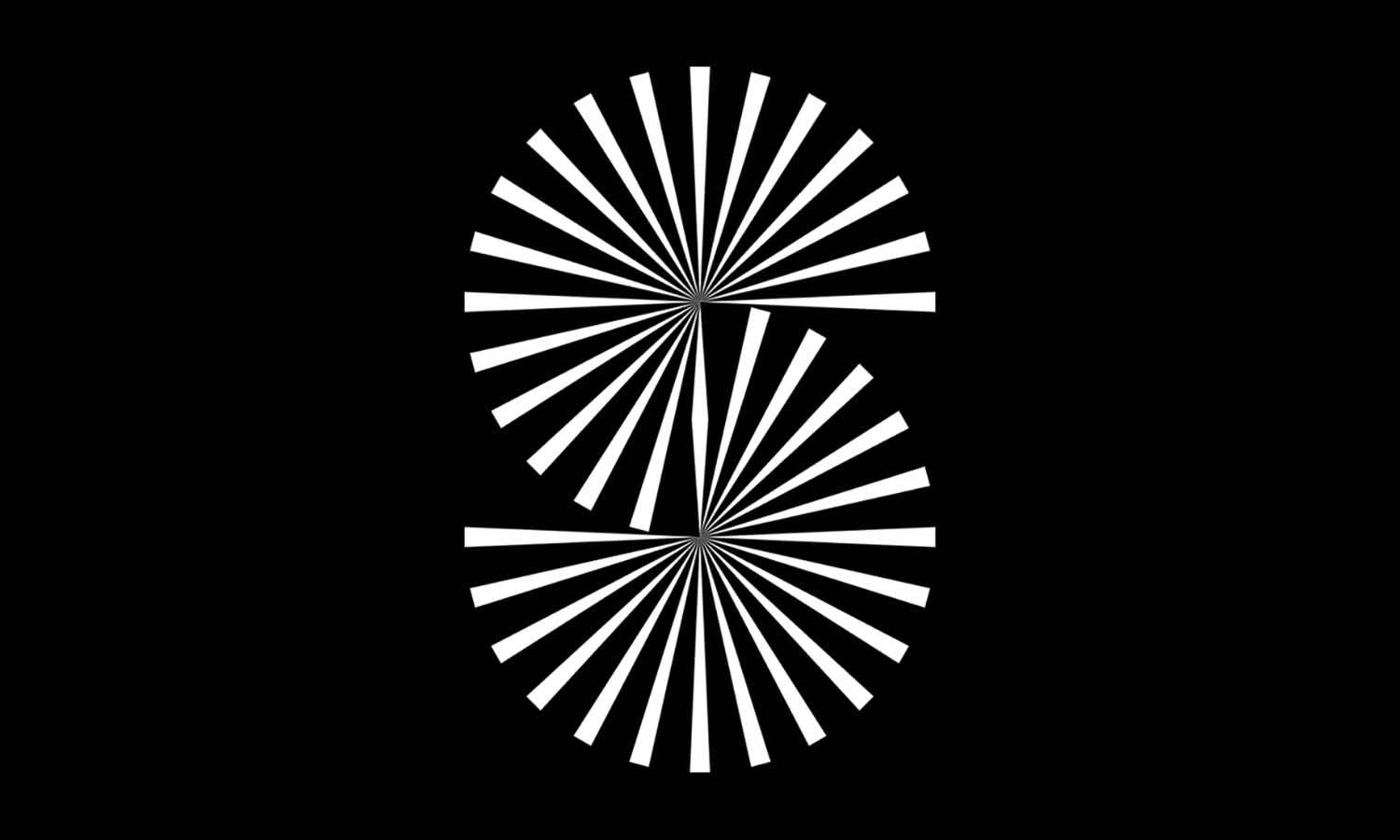How To Create A Good Typographic Logo Design

Created by Abby Haddican | https://www.behance.net/gallery/107552341/Moodys
One of the most widely used and well-liked categories of logo designs is typography. It stands to reason that this kind of logo design is typically simple to create, appears straightforward and instantly recognizable, and is more specific to the brand because it contains the brand name right on the logo.
Numerous well-known brands all over the world frequently employ typographic logos. There are countless well-known companies, including Adidas, Gucci, Yves Saint Laurent, and many others, that use a logo with the company name in it. One of the clear advantages of using a typographic type of logo is that it manages to create an iconic look that is challenging for competing brands to replicate.
Consider using a typographic logo design if you're looking for a logo that can give your brand a distinctive, minimalist, fashionable, and modern impression. We've prepared some information and discussions with professional designers about how to create a good typographic logo to help you create the best logo design for your brand.

Created by Paul von Excite | https://dribbble.com/shots/17215440-Jobseeker
What is Typographic Logo Design?
Before we get into how to make a good typographic logo design, you should first understand what this type of logo design looks like. The word typography might sound strange and unclear to some of you who are not familiar with terms used in the design industry. Typography, which refers to word- or writing-related design, is where the word "typographic" actually originates.
We typically recognize a variety of logotypes in the world of logo design, but the most well-known are typographic icon designs, typographic logo designs, and also a combination of the two. Perhaps you have already drawn a conclusion about what a typographic symbol looks like based on this comparison.
A brand's logo or symbol that uses typography as its primary logo design element is known as a typographic symbol. When compared to the typical mainstream logo design, which typically uses more illustrations or icons, this type of typography uses writing as the primary focus while using illustrations sparingly to represent your brand's identity.
But that doesn't mean that icons or illustrations can't be used as components in this kind of logo design. If you want to present a more illustrative appearance to describe your brand identity, icons or illustrations are still necessary. Illustrations can occasionally be used to change up the typeface you're using. By using your own customized brand typeface and additional icons or illustrations, you can give your brand a little more personality.
Your brand name will be the primary focus of any typographic brand symbols, and the first thing that viewers or customers will notice when they see one will be that. Therefore, the letter face style and brand name are what people will remember when you use them rather than an icon or illustration as your trademark.

Created by VASK®️ Studio | https://dribbble.com/shots/17039872-Dineup-Logo-design
How to Create A Typographic Logo Design?
You may be able to infer from the above explanation that a typographic logo design is the kind of symbol you want to represent your brand. If so, you must fully comprehend how to design a logo with typography as the primary design element. Since most of us only encounter logo design in the form of icons in advertisements or on billboards, you might be perplexed about how to create a typographic logo that doesn't rely heavily on icons or illustrations but still conveys the philosophy and identity of your company.
Here are ten suggestions or methods for making a good typographic logo design that we have compiled especially for you so that your brand will look good:
1. Decide What Text You Will Display on Your Logo Design
The typographic logo will be heavily reliant on the text that is displayed in it, as the name implies. The information you will display in text form will be what immediately grabs people's attention when they see your symbol design because the design tends to be minimal.
Beginners have a tendency to include too much or too little information in their typographic logos. Keep in mind that the identity of your business or brand, which must be easily recognizable from a distance or up close, will be the essence of this symbol. Therefore, you can choose for yourself how much information or text to include in the design.
The name of the company or brand, the type of business, a motto, or the year of the establishment if your company or brand has been around for a while are some details that are typically crucial in a typographic logo. Depending on your requirements and desired design appearance, you are not required to include all of this information in the symbol.
You can display your brand name with just your industry or your company motto that sets you apart if you prefer a more straightforward and minimalist typographic symbol design. When a company decides to use a typographic logo rather than an icon one, this option is the most frequently chosen one.

Created by VASK®️ Studio | https://dribbble.com/shots/16949535-Moovle-Logo-design/
2. Paying Attention to Your Brand Identity
Brand identity must be the primary consideration regardless of the type of logo design you select, whether it be a typographic or icon logo design, especially for businesses or brands that are just starting out. If you just want to publicize your brand, you must plan beforehand what kind of character or brand positioning you want to use for your business.
There are numerous strategies available in the current business era. It's different from a few decades ago when it seemed like a company or brand only manifested itself in a formal personality. Modern brand positioning often substitutes a warm and welcoming tone, especially for companies that are mainly based on social media.
If you're having trouble figuring out who your brand is, you might want to start by considering the products you sell and your primary target audience. This information will enable you to choose the ideal personality or positioning for your brand in order to appeal to the appropriate customer segments. List any keywords that best describe the personality and identity you have chosen after that. These keywords will serve as the foundation for your typographic logo design later on.

Created by Dmitry Lepisov | https://dribbble.com/shots/19579640-reel-Logo-Design-Concept
3. Choosing The Typeface
The typeface you use for your typographic logo will have a big impact on how you want to present your brand to the public. You must be aware of the impact that typefaces have on how people perceive various traits and personalities, which has a direct effect on how your brand is perceived by consumers.
You should select a typeface that has the same impression as the identity you want and embodies that identity in order to choose the right typeface that matches it. Paying attention to the display typeface's style will help you get started with this. There are numerous display font types available in this world, making it impossible to become familiar with each one individually.
However, you can determine which font display to use based on the typeface. There are three main types from which to pick, such as:
- Serif: This letter faces presentation will give off an air of elegance that makes it appropriate for formal or upscale brand identities.
- San serif: The style is straightforward and minimalistic, ideal for a modern appearance. Because of how versatile it appears, this face type can be easily combined with any style.
- Decorative: If you want a unique appearance that cannot be found in other brands' typographic symbol designs, this type is appropriate for you. You can showcase relevant icons or artwork that can be customized to reflect your brand identity.
Choose which typeface group you like best by using the keywords you listed in the previous step. Following that, you can quickly determine which particular font you are using from the typeface family of your choice.

Created by Ilya Gorchanyuk | https://dribbble.com/shots/19869476-left-lane-Final-Logo-Design
4. Brainstorming
There must be a thorough brainstorming process and a lot of idea searching before a good typographic logo design can appear. After choosing the elements that will make up your logo, all that's left to do is figure out how to put them all together and present your symbol to the public in a professional way. This stage allows you to decide more precisely the appearance and concepts that will set your design apart from the competition.
Look for resources and concepts that can assist you in developing a quality logo design during this brainstorming process. This can be done by making reference to other logo designs that have been created and share a similar identity with your brand, or it can be done by using things, occurrences, or anything else connected to your product or brand.
You can develop your logo design ideas more quickly by creating a mindmap or mood board for this creative process that allows you to compare your ideas side by side.
If you decide to display typographic symbols with additional icons or minimal illustrations as details, you can choose which type of icon or illustration to include. For instance, if your brand is based on wheat products, you might list suggestions for displaying images of wheat grains, wheat fields, or other relevant items.

Created by Alex Aperios | https://dribbble.com/shots/18213142-Wordmark-Explorations
5. Sketch Your Ideas
Most people believe that choosing a logo with a typographic design type eliminates the need for planning or sketching, as opposed to choosing an icon. In actuality, no matter what kind of logo you select, you still need to sketch out the potential design that you intend to use in the end.
Determine the final appearance of your typographic logo by using the mind map, mood board, ideas, or references that you have gathered during the brainstorming process. It will be simpler for you to begin the sketching process if you don't want first stress about the quality of your sketches. Whether you think an idea is good or not, you should always sketch it out. The more sketches you create, the more display ideas you'll have later on.
After obtaining mini sketches that suit you and have potential, you can combine them and only then produce some good final sketches. Make at least three different sketches, then choose the best one. The first option can be your top pick, with the others serving as a backup.

Created by Ana Abashidze | https://dribbble.com/shots/18931309-Jungle-Sketches
6. Use The Most Accommodative Design Software
The following step is to digitally trace and develop the sketch design you previously created. You will need resourceful design software for this. Adobe Illustrator is the design program that is both the most frequently used and most highly recommended for creating professional logos. You can design your typographic logo more quickly and easily with the help of the extensive toolset provided by this software.
Adobe Illustrator gives you the freedom to change your typeface's appearance more, especially for typographic design. You can add to, take away from, or alter the base typeface to give it a more distinctive look.
Along with a wide range of tools, Adobe Illustrator also offers a vector design format that is ideal for creating logos. It's crucial to keep high-definition assets when designing a typographic logo design for all your branding requirements. When compared to a raster format, vector format design is much simpler to integrate with various branding needs.

Created by Gert van Duinen | https://dribbble.com/shots/20040018-Flair
7. Create A Creative Layout
Because typographic symbols might make your creative space more limited in conveying your branding identity, you must think outside the box to clearly display your brand positioning. Creative layouting is one of the best ways. If you prefer not to include any illustration or logo in your typographic symbol, you can use a layout that is more illustrative of your brand's message or personality.
For instance, you can plan out the typography for your symbol, such as the shape of a leaf, to coordinate the positioning if your company specializes in offering natural products. Despite the simplicity of the appearance, people appreciate and are drawn to small, inventive details like these. Even if your typographic symbol uses a simple font, it can still look stunning with a creative layout.

Created by Lance | https://dribbble.com/shots/19794107-Respect-Custom-Wordmark
8. The Usage of Negative Space in Your Design
You must use the proper amount of negative space inside your typographic logo for it to read correctly. A logo that has too much visual clutter will make the design difficult to see clearly from a distance. It's important to keep in mind that your design needs to serve all of your branding and marketing requirements.
Not only must your typographic logo design be easily readable when seen on your social media profiles or content, but it must also be visible when used on other designs, such as billboards. This can be achieved, for example, by including the right amount of negative space in your typographic symbol—not too much so that it appears hollow, but also not too little so that it is difficult to see.

Created by Alex Tass | https://dribbble.com/shots/18927202-Ping-pong-fun-negative-space-logotype-word-mark-logo-design
9. Create Alternative Layouts
When designing a typographic symbol for branding or advertising purposes, you must offer numerous alternate layouts that can satisfy the requirements that are frequently encountered. Even though both use a largely similar appearance, the layout for the display for the storefront sign may differ from what you use in your social media content. Your typographic symbol may be visible from small media in some layouts, but when made for large media, the symbol might appear strange and off.
Layout alternatives will improve the effectiveness of your typographic symbols. Additionally, when using a typographic logo, you must consider whether the existing text will be visible or not.
Make about three to five different typographic arrangements. You are the best judge of what branding media you will use in the future, so you can tailor the typographic layouts to suit the media requirements for that.

Created by Wells Collins | https://dribbble.com/shots/18837443-Night-Falls-Title-Concept-Sketches
10. Ask for Others' Opinions
A symbol's appearance may be a matter of opinion, but it is possible to assess a symbol's effectiveness generally by considering the opinions of various people. Once you have created a typographic logo design display that you are happy with and believe to be the best, you can ask professionals, mentors, or even people in your close surroundings what they think of its appearance. Ask them what they think of the graphic, and note whether or not their comments align with your expectations for the general public's reaction to the typographic logo.
In the worst-case scenario, you can use an alternative sketch or layout that you had created during the planning stage if the final typographic symbol you created receives a poor response. To present more intriguing ideas, you can use this alternative and combine it with the previous final typographic design.

Created by Md Toriqul Islam | https://dribbble.com/shots/19369491-Reload-wordmark-logo-R-letter-Refresh-Logo
Final Words
It might not be simple to create a good typographic logo design. The ten suggestions listed above are ones that we have specifically distilled to assist you in your quest to create the best possible symbol for your brand on your own. The most crucial step in the creative process is to never stop searching for fresh concepts and ideas that can effectively deliver your message. However, it's still important to consider the fundamental mechanical requirements for a good symbol, such as the appropriate format or size.
















Leave a Comment